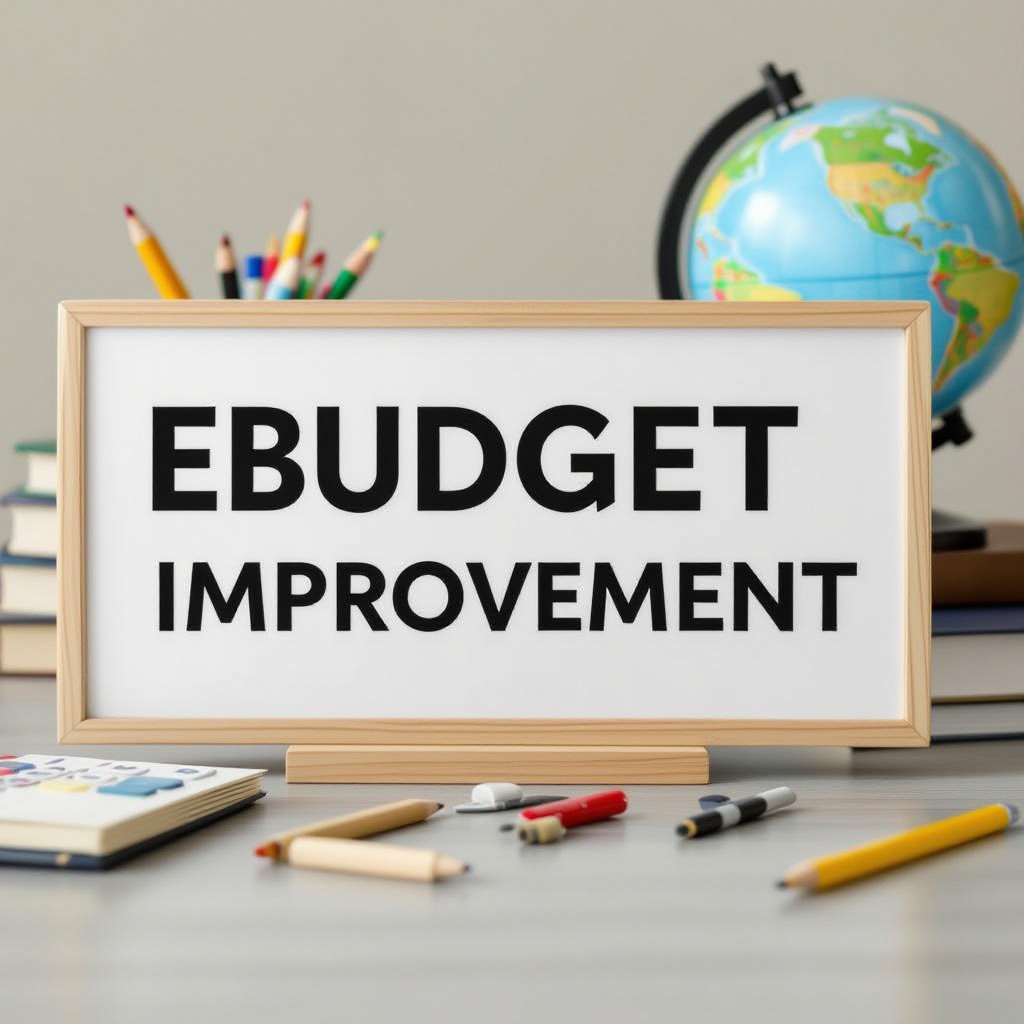Saudi Arabia’s 2025 education budget jumps 19%, raising total funding to $54 billion. This surge reflects the Kingdom’s strategic goal of strengthening education as a pillar of national transformation. It directly aligns with Vision 2030, aiming to reshape Saudi Arabia’s educational ecosystem into a globally competitive force. Key Takeaways: 📊 $54 Billion Budget: A 19% increase underscores the sector’s importance, on par with defense and healthcare. 🌍 Vision 2030 Alignment: Investment supports the ambition of placing Saudi education among the world’s top 20 through smart investments. 🏗 Infrastructure Modernization: Focus on new facilities, curriculum upgrades, and a knowledge-driven economy. 🎓 Private & International Education Growth: Expansion fueled by diverse programs and high-quality standards. 📱 EdTech Investments: Digital platforms and online learning are central, reshaping student engagement and becoming core educational tools. Key Highlights of Saudi Arabia’s Education Budget Boost A monumental change is on the horizon with Saudi Arabia’s 2025 education budget allocation, which now stands at a hefty $54 billion. This figure highlights a remarkable 19% increase from previous years. With education’s share set at 16% of the nation’s total government spending, its pivotal role springs to the forefront, standing shoulder to shoulder with military and health sectors in terms of importance. This budget boost is more than just numbers. It aligns seamlessly with Vision 2030’s broader objectives. By channeling funds into education, the Kingdom is reinforcing a commitment to its future leaders and innovators. These changes are not standalone—they form part of a strategic framework designed to elevate Saudi Arabia’s educational landscape to new global standards. Significant investments will likely be directed towards modernizing educational infrastructure, further improving curriculum development, and nurturing a knowledge-based economy. Initiatives could include upgrading digital learning platforms, fostering research and development, and increasing teacher training programs. For those interested in more about Saudi Arabia’s Vision 2030, the official Vision 2030 website offers extensive details on ongoing and future plans to reshape the nation’s socio-economic structure. This pivotal change illustrates Saudi Arabia’s decisive steps in preparing its citizens for a future where skilled minds and innovative ideas lead the way. By prioritizing education in such a substantial manner, the Kingdom underscores its commitment to creating a thriving, knowledgeable, and competitive society. Vision 2030: Transforming Education With a significant boost to the education budget, Saudi Arabia is steering closer to the Vision 2030 goals. The plan is to place the nation among the top 20 education systems globally through strategic investments. Key areas of focus include digital innovation, updating curricula—especially in STEM fields—and improving infrastructure. These enhancements are pivotal for fostering a knowledge-driven economy. A noteworthy aim is to increase kindergarten enrollment to 40% by 2025, inching towards a long-term target of 90%. Such reforms are not just about numbers but about reshaping education to meet future demands. The emphasis on STEM and digital education aligns with global trends, ensuring students are equipped for tomorrow’s challenges. This initiative creates opportunities for educational institutions and students alike to adapt and flourish in the modern world. For further insights on educational strategies, you might explore Education Week. Expansion of Private and International Education The private education landscape in Saudi Arabia is set for significant growth. With a projected 14% compound annual growth rate (CAGR) through 2030, the private sector’s influence is widening. Demand for private school seats is predicted to increase by 214,000 by 2035, particularly in Riyadh and Jeddah. Private schools aren’t just sticking to local curricula. They’re embracing international programs like British, American, and International Baccalaureate (IB) systems. This kind of variety offers parents and students a host of options. Yet, these schools still maintain a robust Arabic curriculum, ensuring students don’t miss out on cultural and linguistic roots. You might wonder why the private sector is on such a rise. Here are a few driving reasons: Diverse Learning Opportunities: International curricula offer students a globally recognized education. This means better prospects for higher education abroad. Quality Standards: Many private schools offer facilities and teaching quality that are hard to match in overloaded public institutions. This significant expansion within the private education sector points to a need for careful planning and strategic development. It underscores the demand for better facilities, more teachers, and diversified curriculum options. If you’re interested in educational trends globally, UNESCO’s education strategies can provide valuable insights and context. So whether you’re a parent exploring educational options or an educator planning for the future, there’s plenty to look forward to. EdTech: The New Frontier in Learning Investment in educational technology solutions and digital platforms has taken center stage, with strong backing from government incentives and a flexible regulatory setting. This commitment dramatically alters how students engage with their education. Spurred by these changes, consumer spending patterns have shifted significantly. Electronic point-of-sale (POS) transactions for educational needs have surged, reflecting this trend. A particularly eye-catching statistic marks a 145% increase in such transactions after school breaks. These purchases accumulated to a striking SAR 1.03 billion, which is roughly $275 million, spent just for back-to-school items. Clearly, there’s a massive demand for modern educational tools and services that can’t be ignored. Key drivers for this surge include: Increased interest in online courses and learning modules. A growing need for devices like tablets and laptops. Subscription to educational software and platforms. These figures underscore the growing appetite for cutting-edge educational resources. With this trend expected to continue, keeping pace with tech advancements is crucial for students and educators alike. Curious about the latest in educational tech? You might want to explore resources on platforms like EdTech Digest, which offers insights into emerging trends and tools. By embracing these technologies, students can enjoy a more interactive and personalized learning experience, preparing them well for a dynamic future. Enhancing Infrastructure and Teacher Development Saudi Arabia’s commitment to modernizing its education system is evident in its allocation of over $7 billion for school upgrades by 2030. This significant budget increase aims to improve learning spaces, making them more conducive to engagement and innovation. Investments are
